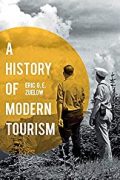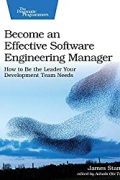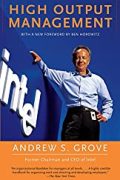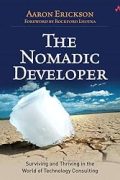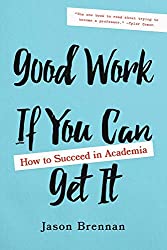
Rating: 8.2/10.
Book by an economics professor on how to succeed in academia and become a professor. Faculty positions are extremely competitive, and the nature of job depends on what tier of university you end up, and whether you’re in tenure track. Top-tier research (R1) universities have professors doing research and only a bit of teaching, but they’re rare; most professors end up in lower tier universities where teaching is the top priority and they only do a bit of research, and you typically don’t get a choice of location, you go wherever you get an offer. You should only choose this profession if you like teaching undergraduates. On average, half of PhD students finish their PhD, 1/5 get some sort of professorship, but only 1/20 get a professorship in a research university.
To get these competitive jobs, you must plan ahead from the beginning of graduate school. Publish a lot (significantly more than the average PhD student) and don’t take too long to finish your PhD. Make sure to work efficiently, since you are judged by your output and not how much labor you put in. This includes teaching responsibilities, you can do a decent job despite spending less time. In short, don’t spend time on things that aren’t rewarded. When you’re applying for faculty positions, they look for someone with a strong publication record (and can continue to publish) and can teach a good breadth of undergraduate classes.
This book is a very pragmatic one: in numerous places, the author notes that the state of academia isn’t ideal, but advises that it is what it is, and tells you how to optimize your path through this admittedly flawed system. After reading this, the professor job seems too competitive for my liking, and one weakness is the book doesn’t talk much about why you should become a professor at all (but I guess this is more field-dependent). In my field of machine learning, there are more jobs outside of academia, so maybe it’s not as competitive as other fields.
